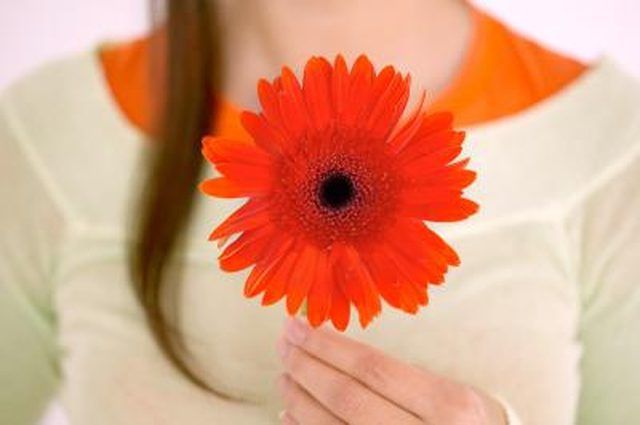Bulbs
Flower Basics
Flower Beds & Specialty Gardens
Flower Garden
Garden Furniture
Garden Gnomes
Garden Seeds
Garden Sheds
Garden Statues
Garden Tools & Supplies
Gardening Basics
Green & Organic
Groundcovers & Vines
Growing Annuals
Growing Basil
Growing Beans
Growing Berries
Growing Blueberries
Growing Cactus
Growing Corn
Growing Cotton
Growing Edibles
Growing Flowers
Growing Garlic
Growing Grapes
Growing Grass
Growing Herbs
Growing Jasmine
Growing Mint
Growing Mushrooms
Orchids
Growing Peanuts
Growing Perennials
Growing Plants
Growing Rosemary
Growing Roses
Growing Strawberries
Growing Sunflowers
Growing Thyme
Growing Tomatoes
Growing Tulips
Growing Vegetables
Herb Basics
Herb Garden
Indoor Growing
Landscaping Basics
Landscaping Patios
Landscaping Plants
Landscaping Shrubs
Landscaping Trees
Landscaping Walks & Pathways
Lawn Basics
Lawn Maintenance
Lawn Mowers
Lawn Ornaments
Lawn Planting
Lawn Tools
Outdoor Growing
Overall Landscape Planning
Pests, Weeds & Problems
Plant Basics
Rock Garden
Rose Garden
Shrubs
Soil
Specialty Gardens
Trees
Vegetable Garden
Yard Maintenance
Do Gerber Daisies Come Back Every Year?
Do Gerber Daisies Come Back Every Year?. Gerber daisies come back every year in tropical climates. They are considered perennials in USDA growing zones 9 to 11. They will also grow in zones 6 to 8, but will die at the first frost -- so in those areas, they are considered annuals.

Gerber daisies come back every year in tropical climates. They are considered perennials in USDA growing zones 9 to 11. They will also grow in zones 6 to 8, but will die at the first frost -- so in those areas, they are considered annuals.
Identification
Gerber daisies grow brightly colored flowers that could be white, pink, red or violet. The flowers reach a diameter between 2 and 4 inches. The stem length is between 12 and 18 inches.
History
The scientific name of gerber daisies is Gerbera jamesonii, named after a Scotsman named Robert Jameson who first discovered them in South Africa in 1880. They quickly became popular in the Netherlands and were brought to North America in the early 1920s. Many of the gerber daisies now sold in the United States were grown in Columbia.
Expert Insight
The website Floridata recommends planting gerber daisies of a single color among other bedding plants of a complementary hue. If you live in an area that is too cold to grow gerber daisies outside, Ron Smith, a horticulturalist at North Dakota State University, recommends keeping them inside in dappled shade.